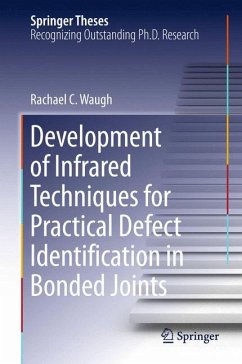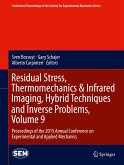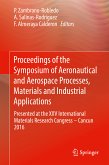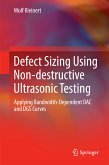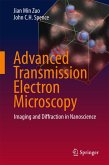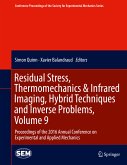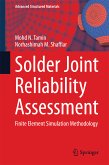Featuring analysis of a numerical model developed to simulate the thermal evolution created during a PT or PPT experiment, after validation through a series of case studies, this model is then used as a predictive tool to relate defect detectability to the thermal property contrast between defect and bulk materials.
Demonstrating a means of producing realistic kissing defects in bonded joints where insufficient thermal property contrast exists defects have a limited effect on heat propagation through a component and therefore are not detected using PT or PPT, this thesis discusses the addition of a small load to bonds containing kissing defects which was found to open the defects sufficiently to enable their detection.
A low cost infrared detector, Flir Tau320, is compared to the research based photon detector, Flir SC5000, and is shown to be suitable for application in PT, thus enabling a significantly lower cost tool to be developed.
Dieser Download kann aus rechtlichen Gründen nur mit Rechnungsadresse in A, B, BG, CY, CZ, D, DK, EW, E, FIN, F, GR, HR, H, IRL, I, LT, L, LR, M, NL, PL, P, R, S, SLO, SK ausgeliefert werden.

